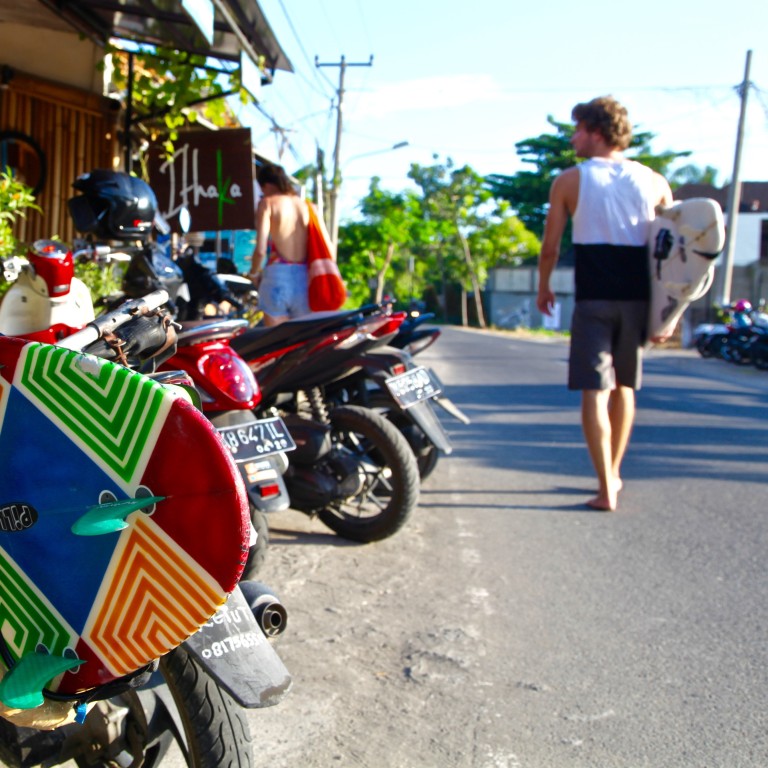
6 predictions for a decade of change in Bali, from the rise of medical tourism to the end of cheap stays and the bulldozing of Kuta
- Tourists have returned after the pandemic and, as more cars and scooters clog Bali’s roads, urban development may cause rice paddies to disappear
- New tourist hotspots will emerge and medical tourism will be a growth industry, but cheap rooms will become a rarity as the sun sets on backpacker magnet Kuta
The only thing that has surprised people in Bali more than the speed at which tourists vanished at the start of the Covid-19 pandemic is how quickly they have returned.
April 2022 – the first full month after Indonesia nixed mandatory quarantine for arrivals – 58,000 international tourists visited the island, according to data from its main airport, Ngurah Rai International. By the end of the year, the same number were arriving every day.
This year, the ministry predicts, up to 5 million foreign tourists will visit the so-called Island of the Gods, with the number expected to climb further in following years.
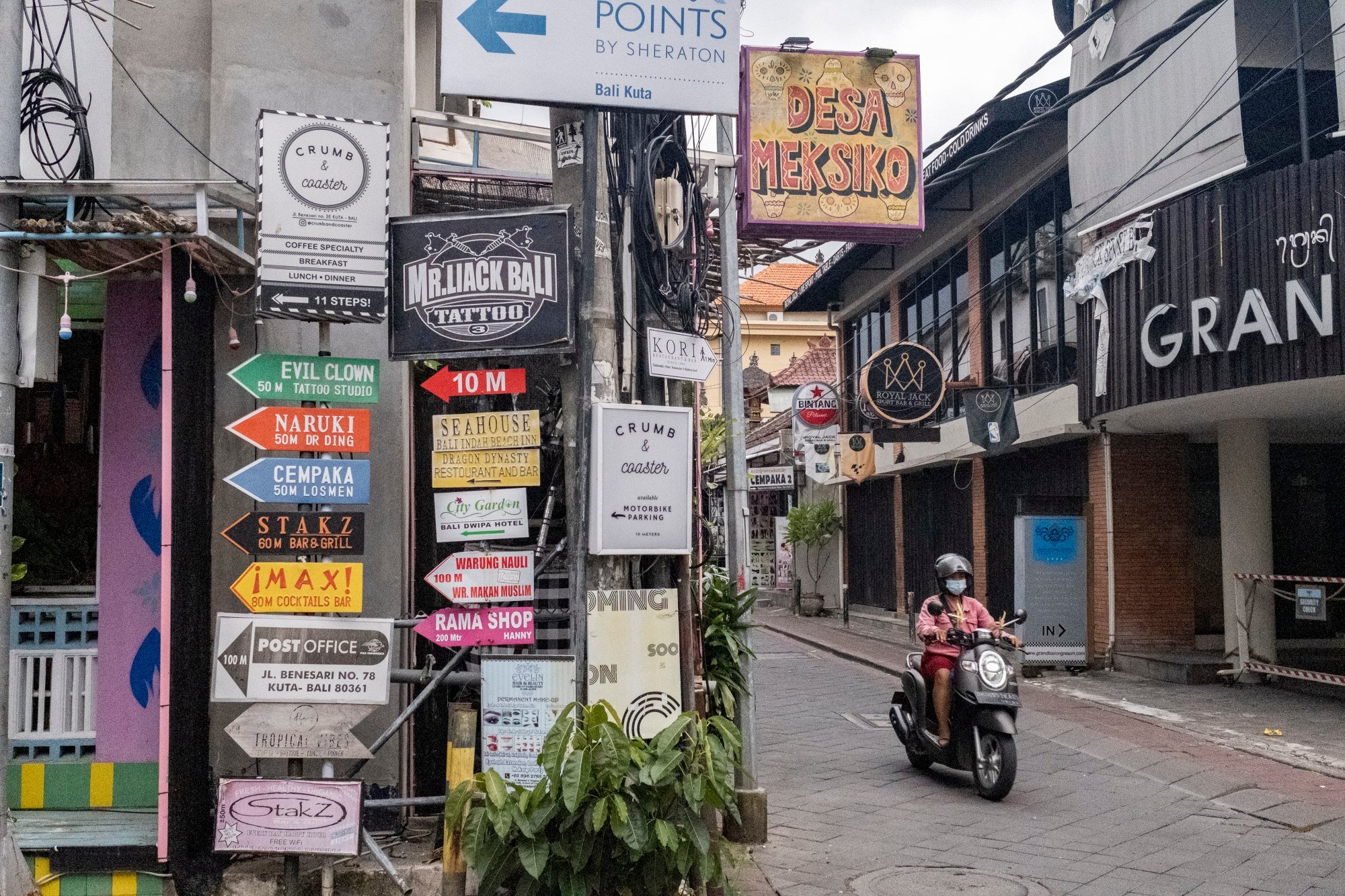
Add another 10 million domestic tourists per annum and a picture emerges of Bali restaking its claim as one of the most popular destinations on the planet, with all the stresses and strains that will entail.
Here are six predictions from someone who lived in Bali before, during and after the pandemic, about how the island will look and feel in the coming decade.
Inside 3 new luxury Bali beach clubs, infinity pools, daybeds, drink deals
1. Congestion
I rode my bicycle down Sunset Road, the eight-lane thoroughfare connecting the airport to the Seminyak tourist district, without a single car in sight at the start of the pandemic. But Bali’s infamous traffic has returned with a vengeance.
A friend spent six hours driving the 30km (19 miles) from his home to a New Year’s Eve event on the Uluwatu Peninsula, in southern Bali; he literally did not arrive until the following year.
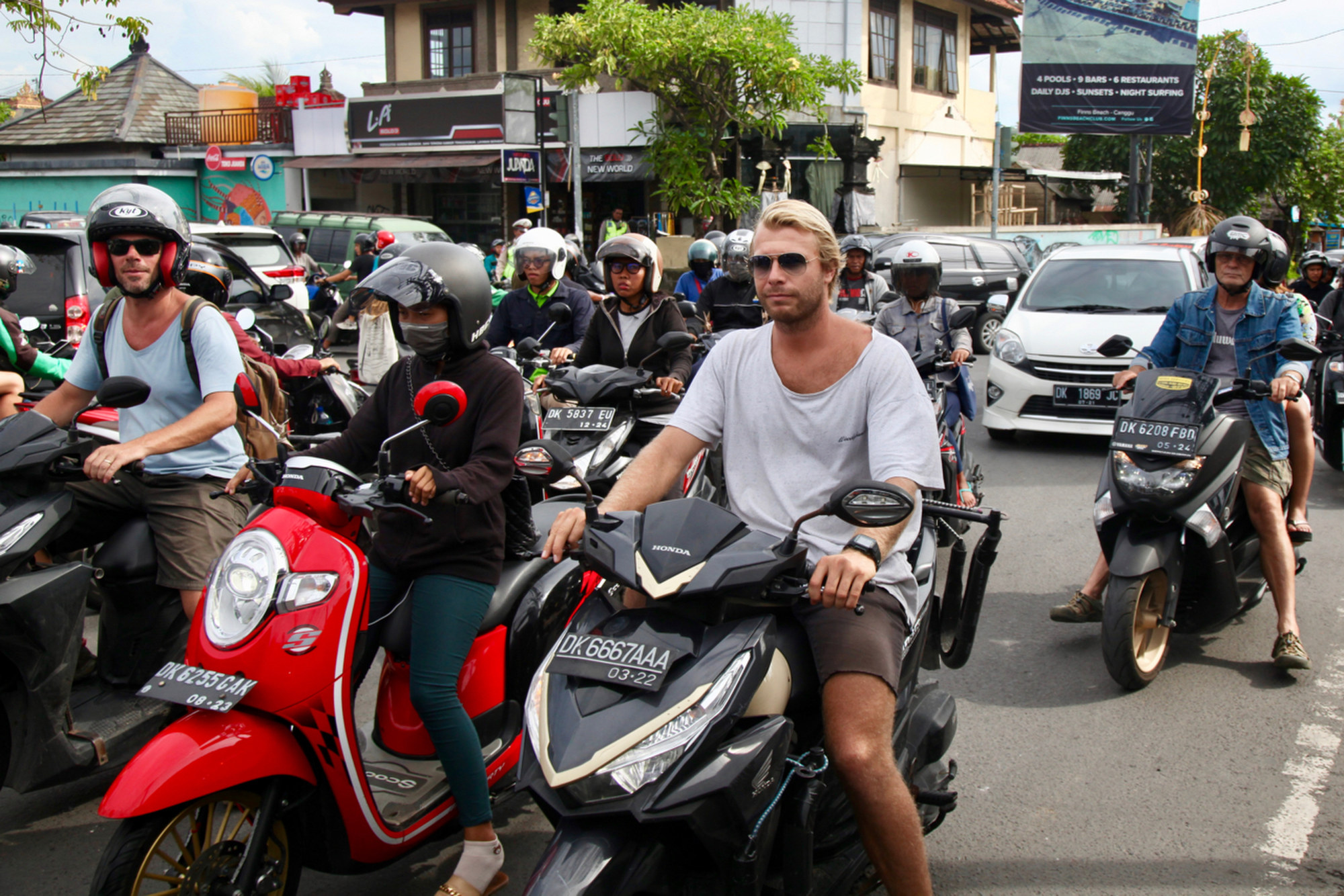
Instead, he wants tourists to hire drivers with their own cars, using travel agents or ride-hailing apps such as Gojek and Grab. But there are no plans to tackle the taxi mafia, which illegally prohibits ride-hailing in the most popular parts of Bali and has been known to drag drivers out of their vehicles and beat them.
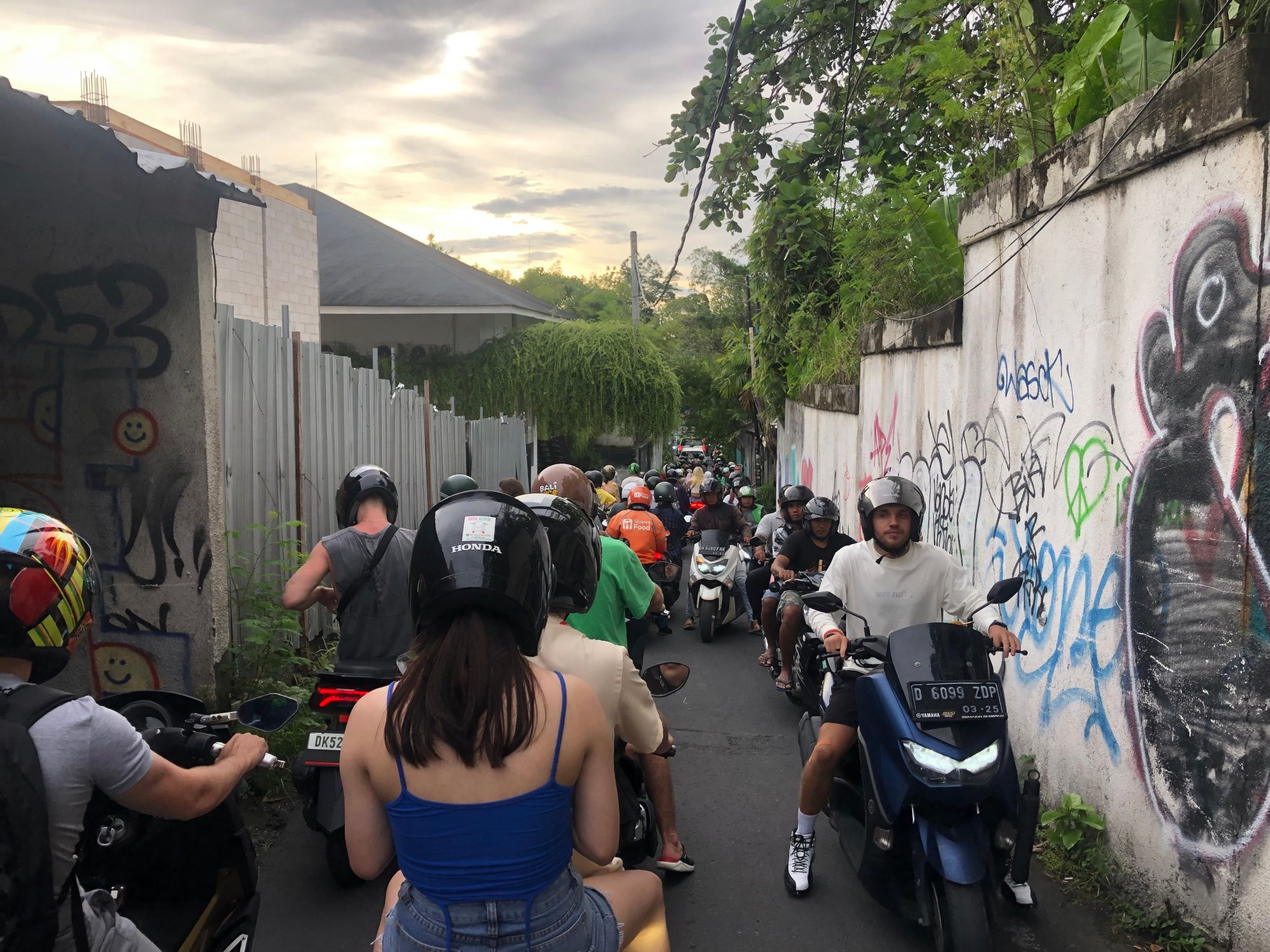
Urban planners have a better solution. For years they have been urging authorities to build a metro or light-rail system. And to crack down on the thousands of Balinese who rent scooters to tourists without checking their licences.
2. Go west
As Bali’s south gets busier and busier, development is spreading from Canggu up the west coast, a 110km-long strip of black-sand beaches backed by rice fields and jungle-clad mountains.
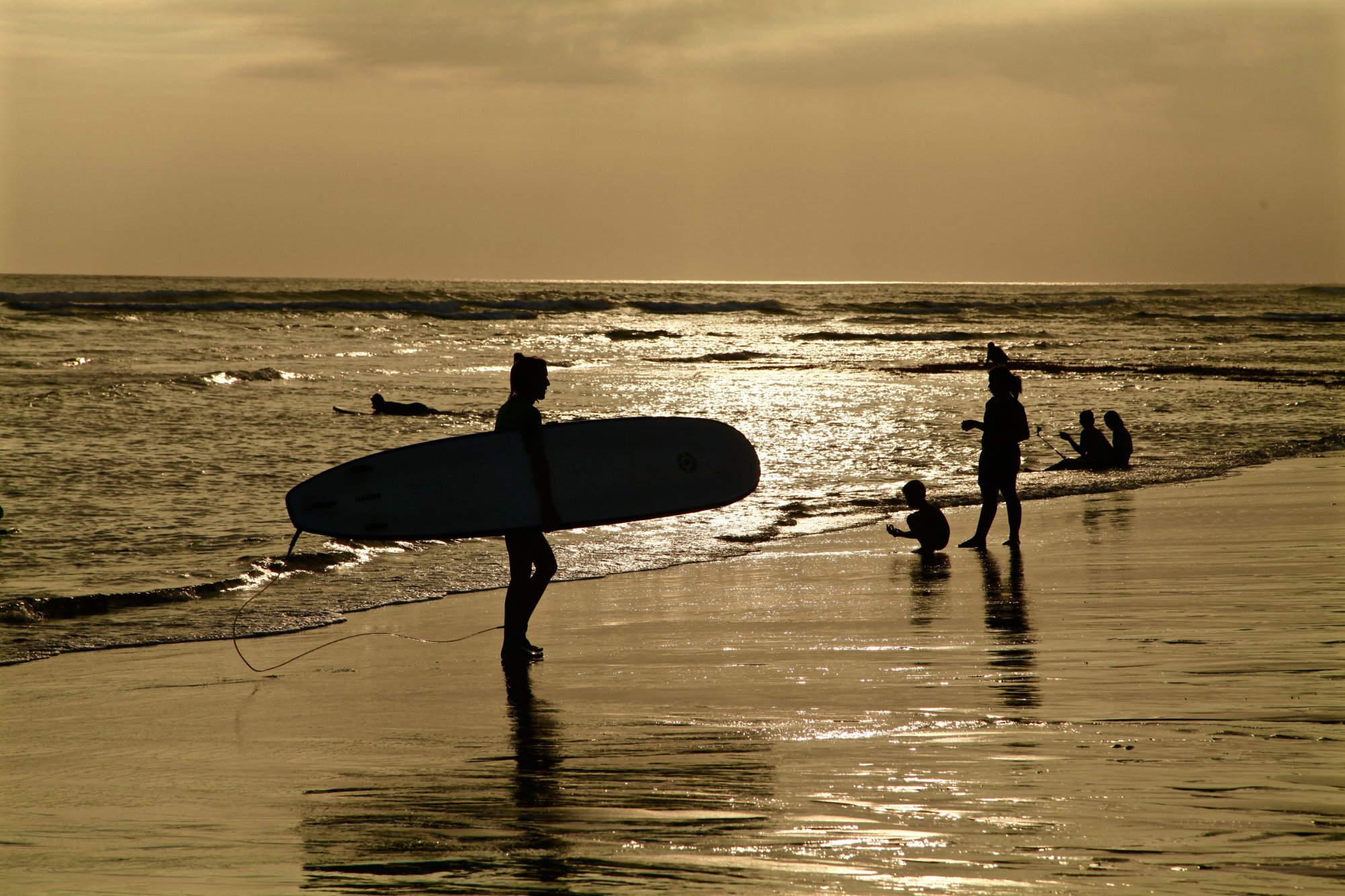
For now, the march remains slow because of poor access. The road to Gilimanuk – the terminal for ferries to Java on Bali’s westernmost tip – has so many vehicle accidents locals call it Jalur Tengkorak, “skull way”. But construction has begun on a four-lane toll road that promises to make the journey much safer and cut driving time in half.
Scheduled for completion in 2025, the Gilimanuk-Mengwi Toll Road will radically change the face of west Bali.
Hotspots will include Tabanan, a 20km coastal strip on the western periphery of Canggu, where Donald Trump said he would build a US$1 billion six-star resort and golf course; Balian, a surfer’s paradise 35km northwest of Canggu where investors are building super villas hidden by rivers and in between trees; and the town of Medewi, another 30km northwest.
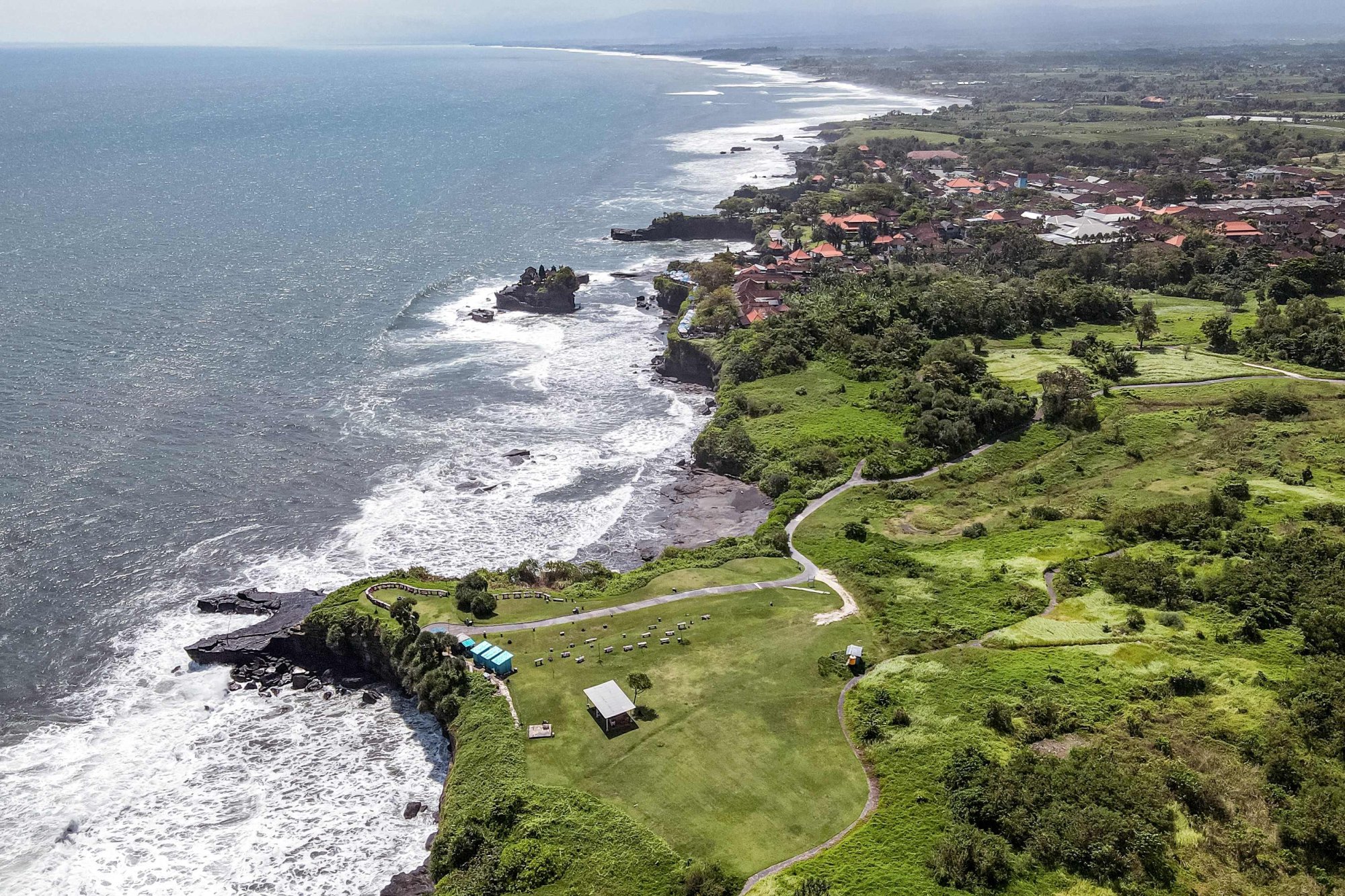
3. Disappearing rice paddies
Community groups and scientists have raised concerns that the Gilimanuk-Mengwi Toll Road and compulsory acquisition of 480 hectares (1,200 acres) of rice paddies to make space for it will devastate rural livelihoods and lessen food security in Bali. But that is just the tip of the iceberg.
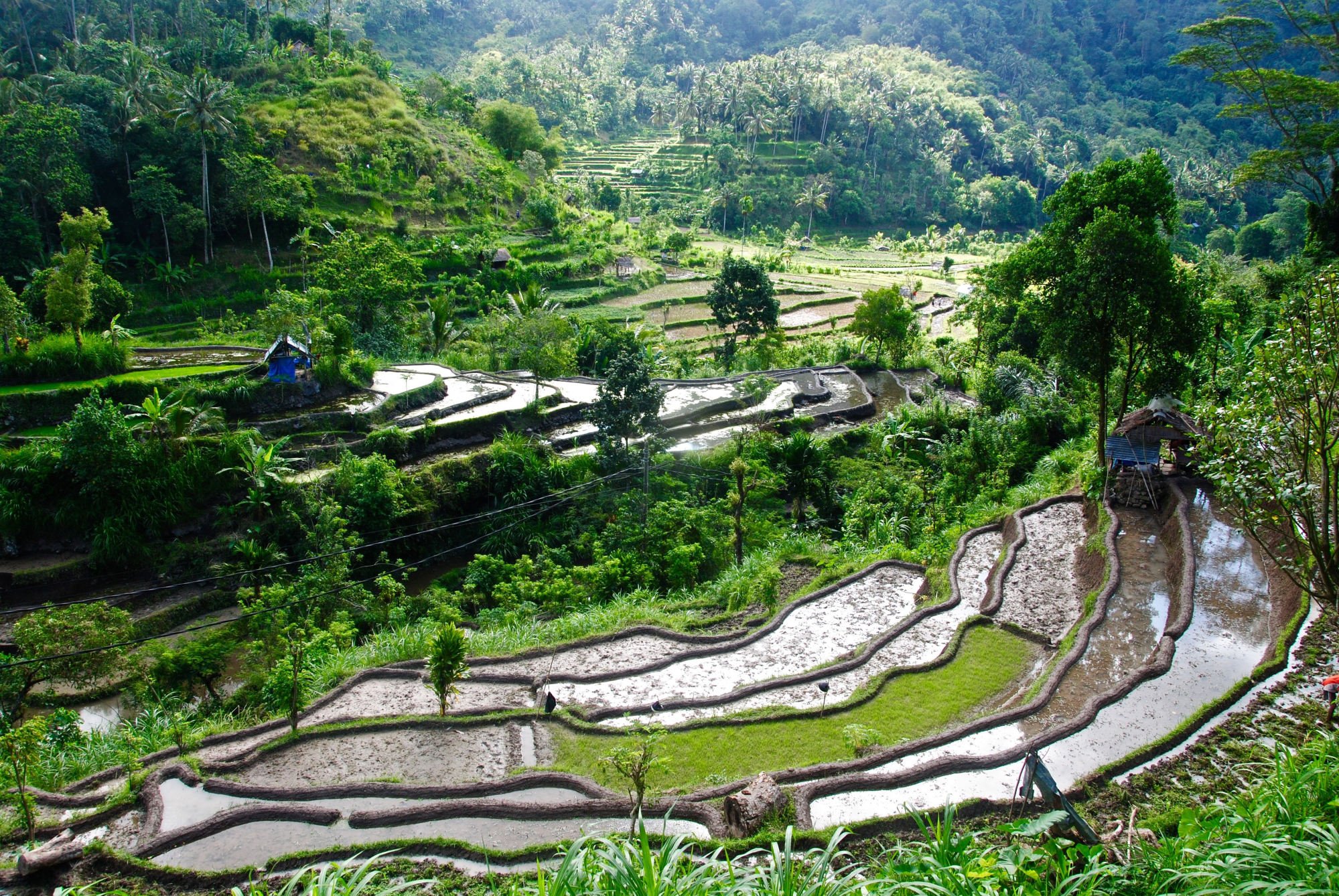
The pool of subdivided land offered for sale and long-term lease in Bali has skyrocketed since tourism returned, and most of it lies in green zones reserved for agriculture.
Indonesian and foreign investors are snapping up plots in the hope the land will be rezoned and make them rich overnight.
Even so, construction on farmland is progressing at breakneck speed with the acquiescence of corrupt officials, who then hold foreign investors to ransom using the threat of eviction.
Island paradise? How building is raging out of control on Bali’s west coast
The two-minute drive from my house in Seseh to the beach is 90 per cent green zone. In the past nine months, more than a dozen roads have been carved into the rice paddies, while luxury villas and retail spaces are popping up like mushrooms.
“The green belt is very important for humans, for oxygen, for everything. But we cannot protect it because the decision to allow construction is made by a higher level of government,” says Made Widnyana, head of tourism for Seseh.
I predict that by the end of the century, if not sooner, Bali will be completely urbanised and the only rice fields left will be for tourism purposes.
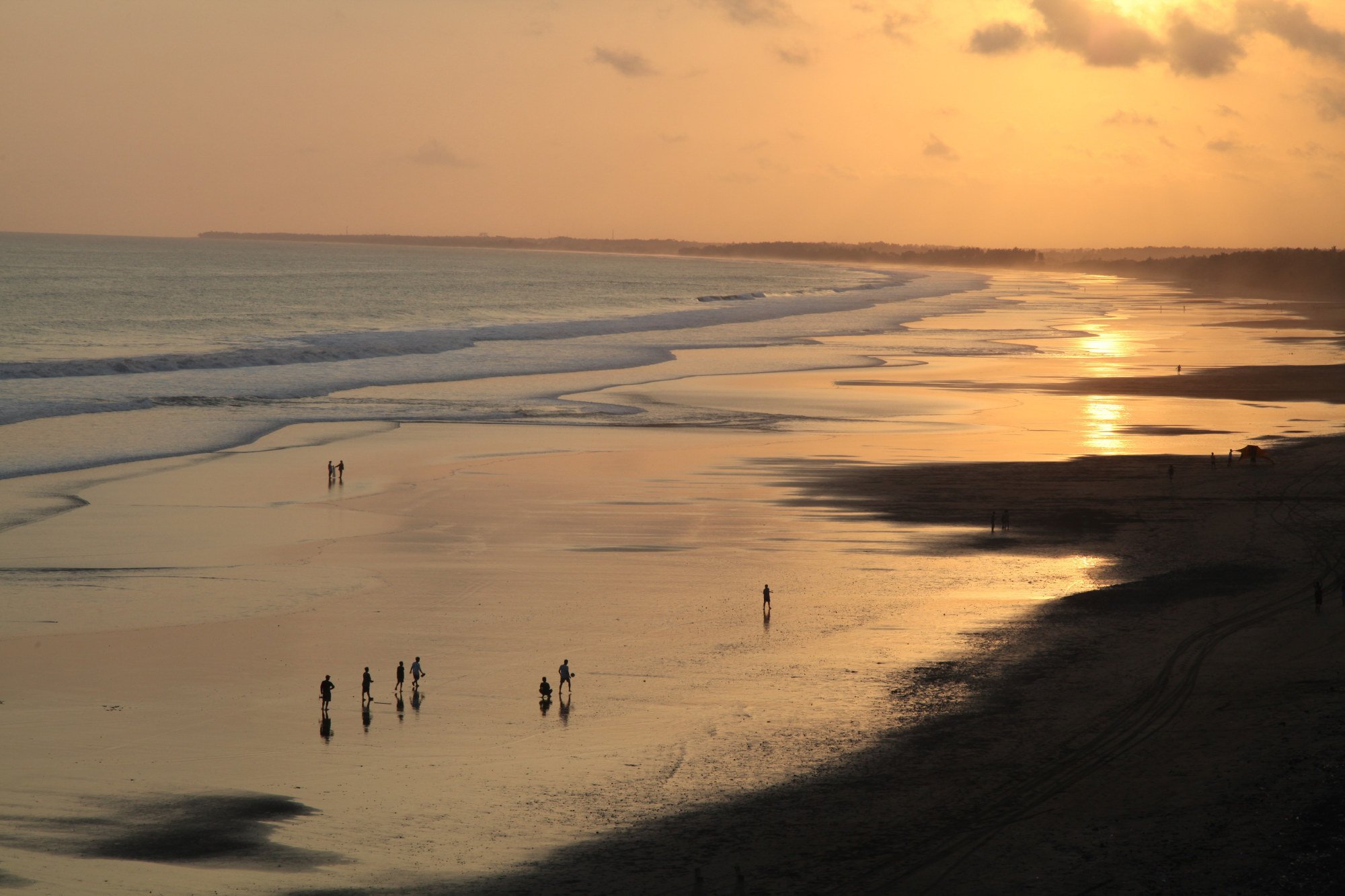
4. The end of cheap stays
During the pandemic, I paid US$450 per month for a one-bedroom pool villa at ZIN Berawa Villas & Bungalows, which sits 150 metres (500 feet) from the beach at Canggu. Today it is advertised for US$180 per night.
A friend who paid US$180 per month to live in a hotel room in Canggu during the pandemic saw her rent rise more than fivefold and was forced to leave. And budget guest houses that charged US$10 to US$15 per night before the pandemic doubled their rates in December.

We knew landlords would move to recoup the losses they suffered during the pandemic when tourism returned to Bali. But few expected rents and room rates to mirror those of Western cities within the first year.
Then there’s the trickle-down effect on rents of booming investment, and let’s not forget global stagflation. I predict rents and hotel rates will continue to climb and that by 2030, the days of cheap accommodation in Bali will be a thing of the past.

5. Medical tourism
“The rise and rise of elective surgery such as dentistry, facelifts, etc. High-quality equipment with US-trained staff all at half the cost,” says Ross Taylor, president of the Indonesia Institute, an Australian think tank, when asked about the changing face of tourism in Bali.
Public healthcare in Indonesia is well below global standards but my experience with the private medical sector on the island has been excellent.
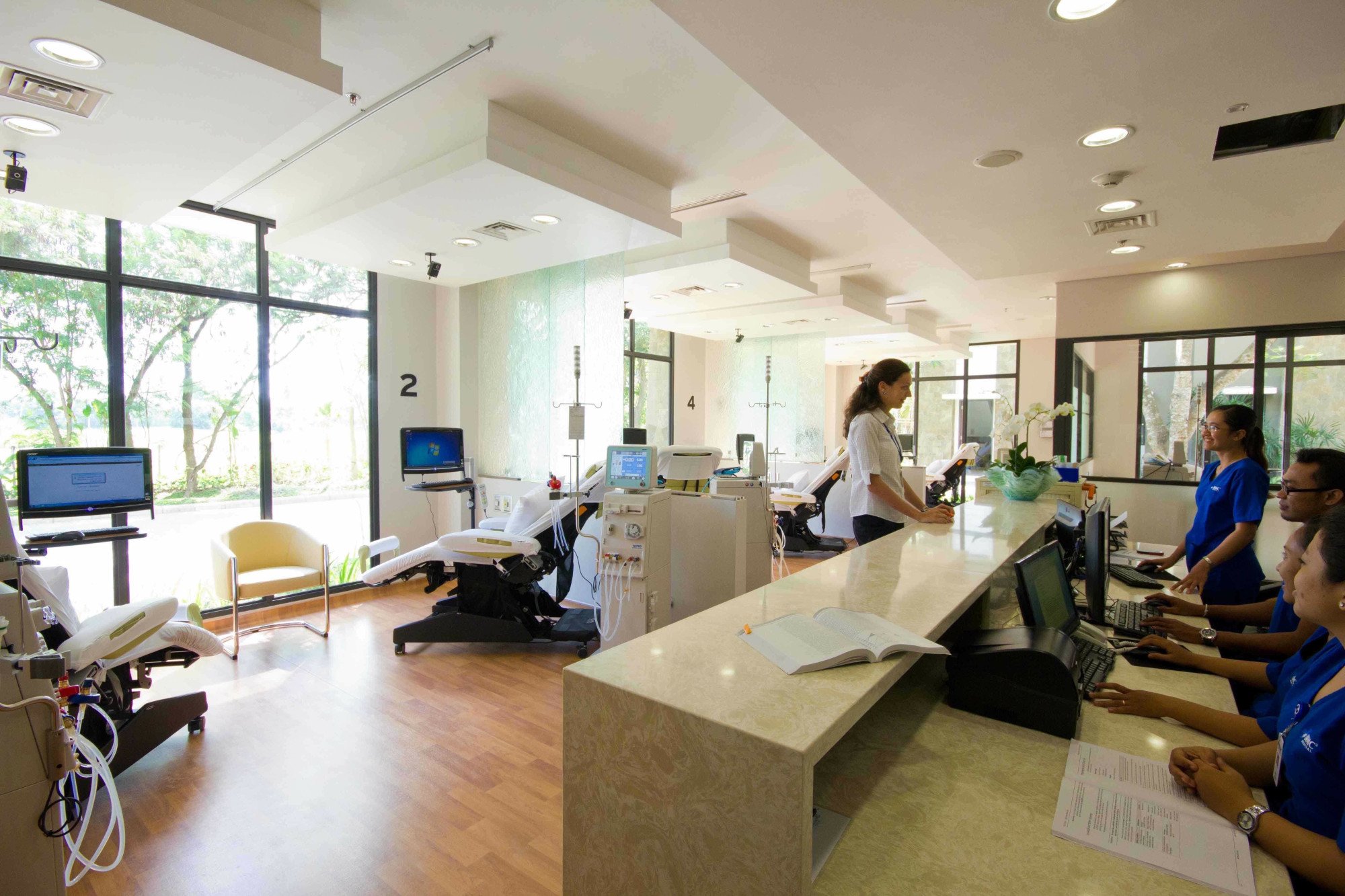
Last year, I underwent blepharoplasty, or eye-bag correction surgery, at BIMC Hospital Nusa Dua. In Singapore, the procedure would have cost me around US$5,000.
I paid US$1,200 and the result was exactly as the surgeon said it would be. And I pay only US$35 for my twice-yearly dental check-up and cleaning, including X-rays, at ARC in Kuta, a state-of-the-art dental clinic.
For more complicated medical procedures one needs to travel to Jakarta, Singapore or Thailand, but that’s about to change, with four international-standard hospitals under construction by the government in Bali.
Badly behaved, ‘sinful’ tourists push Bali to debate limiting mountain access
They include the Estetik Centre Building, which is taking shape on the grounds of the Sanglah Central General Hospital, in the Balinese capital, Denpasar; and a 300-bed stand-alone hospital designed in collaboration with the Mayo Clinic, in the United States, one of the top-ranked cancer hospitals in the world.
6. The bulldozing of Kuta
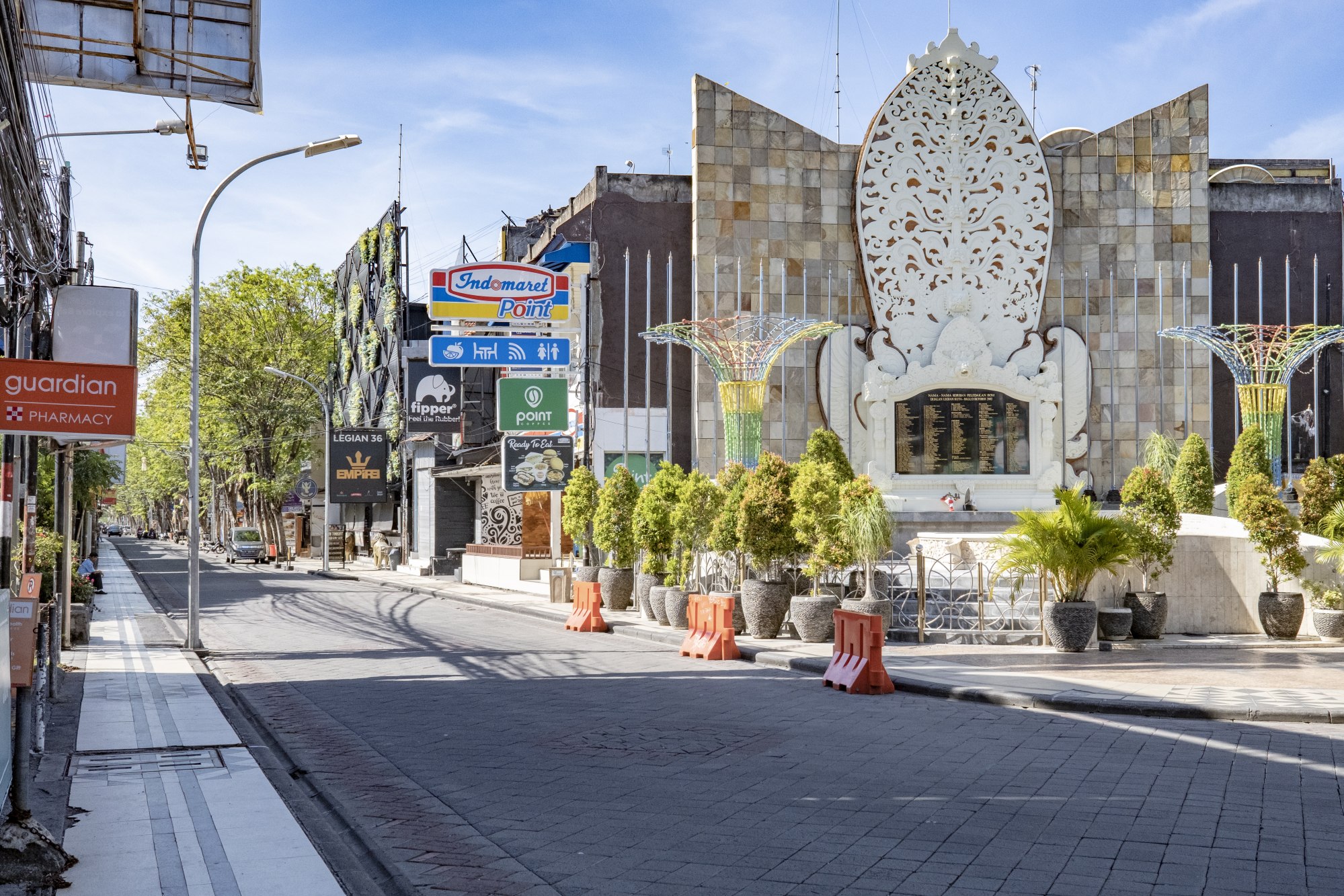
There are still guest houses that charge as little as US$10 per night in Kuta, on the lower west coast, the birthplace of mass tourism in Bali.
That’s because it’s the poster boy for overtourism: a concrete jungle webbed in dangling power cables and surrounded by urban slums where cheesy techno music pours from bars day and night and hawkers pester passers-by with the persistence of mosquitoes.
And every year in the rainy season, sewage floods the streets and rubbish covers the beach.
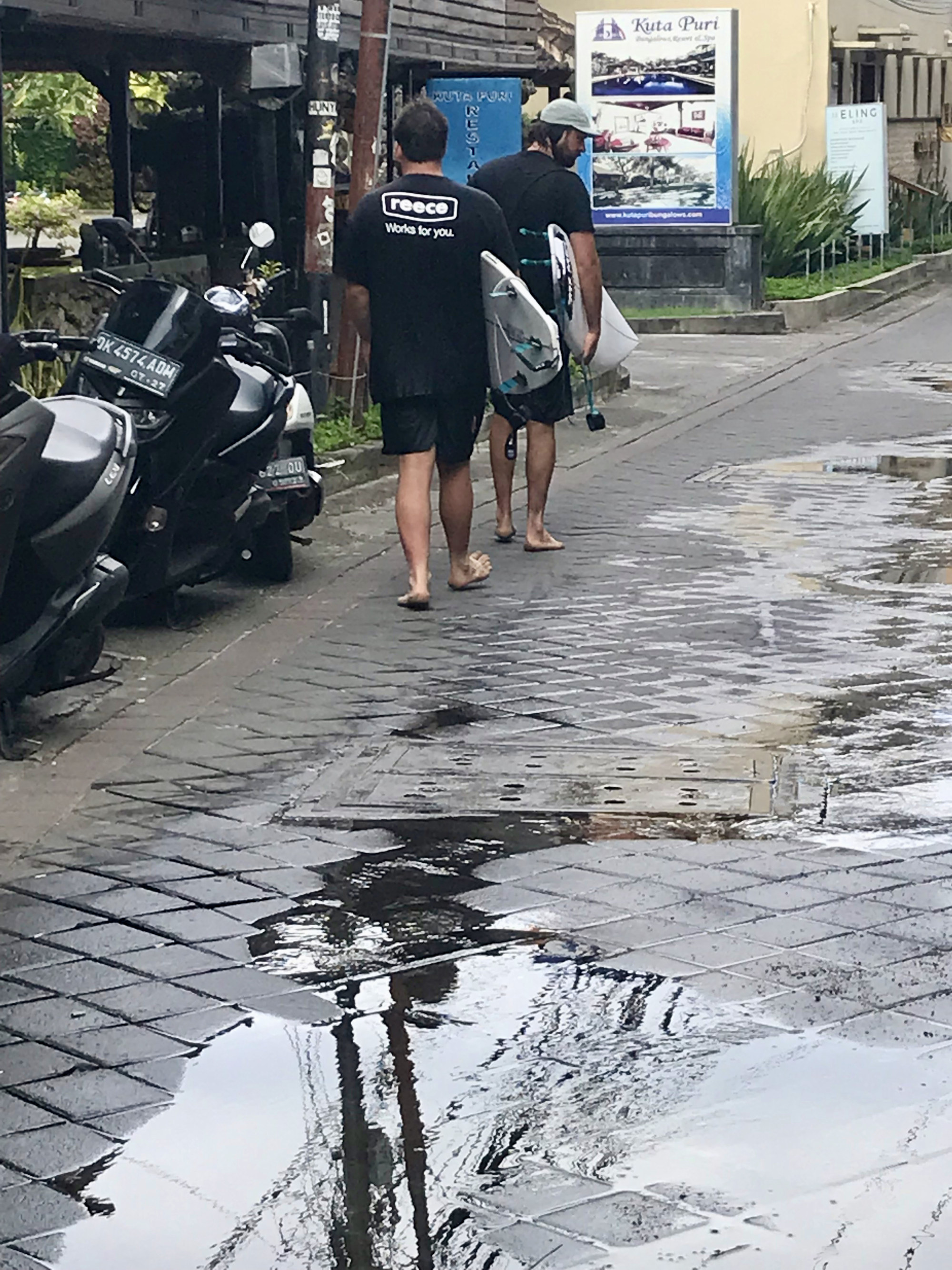
For decades its heady mix of cheap booze, cheap food and cheap accommodation proved a winning combination for backpackers, seedy old men and, more recently, Indian and Chinese tourists.
But the emergence of a few modern shopping centres and hotels in Kuta has shown that this piece of real estate only 10 minutes from the international airport is greatly underutilised.
I predict, I hope, Kuta will be bulldozed and reimagined as a poster boy for sustainable tourism.
Dave Smith is the pseudonym of a writer who has lived in Bali since 2017.
